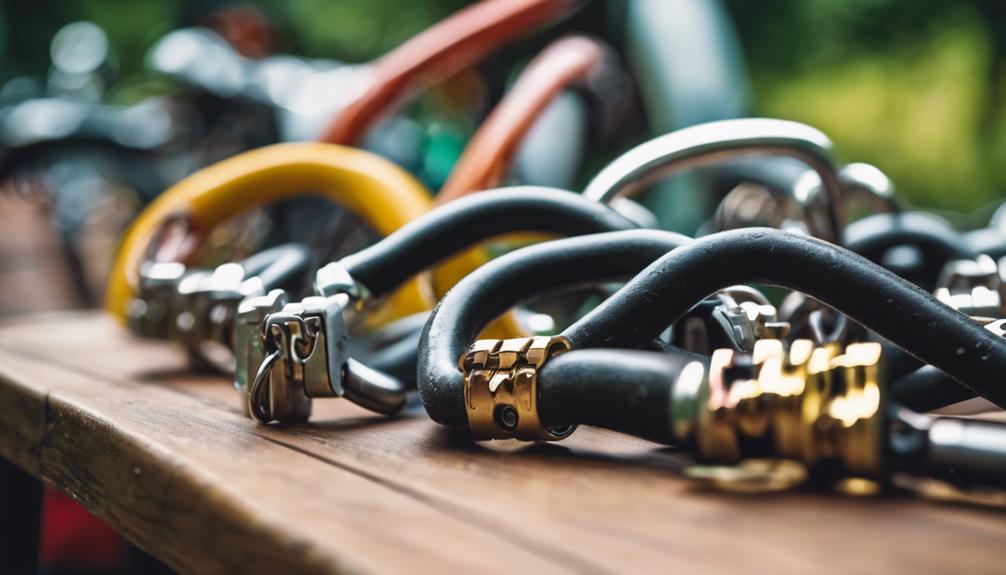Choosing the right road bike can be an exhilarating yet daunting experience, especially with the plethora of options available in the market today. Whether you’re a seasoned cyclist or a beginner looking to dive into the world of road biking, understanding the various components and features is crucial for making an informed decision. This guide will help you navigate through the complexities of selecting the perfect road bike for your needs, preferences, and budget.
Understanding Road Bikes
Road bikes are specifically designed for riding on paved surfaces. They are characterized by their lightweight frames, narrow tires, and aerodynamic designs. However, not all road bikes are created equal. The right bike for you will depend on various factors including your riding style, terrain, and personal fit.
Types of Road Bikes
Broadly speaking, road bikes can be categorized into several types:
- Race Bikes: Designed for speed and performance, race bikes are lightweight and built for competitive cycling.
- Endurance Bikes: These bikes offer a more comfortable geometry, making them suitable for long-distance rides.
- Touring Bikes: Built for carrying heavy loads over various terrains, touring bikes are robust and durable.
- Gravel Bikes: Ideal for mixed surfaces, gravel bikes offer versatility for riders who venture off the beaten path.
Key Features to Consider
When selecting a road bike, it’s essential to consider several key features that will impact your riding experience:
Frame Material
The frame material affects the bike’s weight, stiffness, and ride quality. Common materials include:
- Aluminum: Affordable and lightweight, aluminum frames are common in entry-level bikes.
- Carbon Fiber: Known for its strength-to-weight ratio, carbon fiber offers excellent vibration dampening, making it ideal for performance bikes.
- Steel: Durable and flexible, steel frames provide a comfortable ride but may be heavier than aluminum or carbon options.
Geometry and Fit
A bike’s geometry significantly affects comfort and handling. Key considerations include:
- Top Tube Length: Affects reach and overall fit.
- Seat Tube Angle: Influences pedaling efficiency and comfort.
- Stack and Reach: Determines the bike’s overall height and length, impacting rider position.
Components
The components of a road bike, including the drivetrain, brakes, and wheels, can greatly affect performance:
- Drivetrain: Look for quality groupsets from brands like Shimano, SRAM, or Campagnolo.
- Brakes: Options include traditional rim brakes and newer disc brakes, which offer better stopping power.
- Wheels: Lightweight wheels can enhance speed, while sturdy wheels offer durability for touring or gravel biking.
Budget Considerations
Before you start shopping, it’s essential to establish a budget. Road bikes can range from a few hundred to several thousand dollars. Here’s a breakdown of what you can expect:
- Entry-Level Bikes ($500 – $1,000): Great for beginners, these bikes offer decent quality and components.
- Mid-Range Bikes ($1,000 – $3,000): Ideal for serious cyclists, these bikes feature better components and lighter materials.
- High-End Bikes ($3,000+): Designed for competitive cyclists, these bikes utilize the latest technology and materials for optimal performance.
Case Studies: Real-World Examples
To provide insight into how different features and types of bikes perform in real-world scenarios, consider the following examples:
Example 1: The Competitive Cyclist
Take Sarah, a competitive cyclist who races on weekends. She opted for a high-end carbon fiber race bike with an aerodynamic design and a Shimano Dura-Ace groupset. This choice allowed her to achieve speeds she had never reached before and significantly improved her performance in races.
Example 2: The Casual Commuter
On the other hand, John, a casual commuter, chose an entry-level aluminum endurance bike. He appreciated the comfortable geometry for his daily rides and the ability to tackle longer distances without discomfort. His bike’s affordability allowed him to invest in accessories like a good helmet and lights.
Test Riding and Buying Tips
Before making a final decision, it’s crucial to test ride different bikes. Here are some tips for a successful test ride:
- Wear Your Gear: Bring your cycling shoes and wear comfortable clothing.
- Test Different Sizes: Don’t hesitate to try various sizes and styles to find the best fit.
- Check the Fit: Ensure that you can comfortably reach the handlebars and the pedals.
- Ask Questions: Talk to the store staff about the bike’s features and components.
Conclusion
Choosing the right road bike is a decision that can significantly enhance your cycling experience. By understanding the various types of bikes, key features, and budget considerations, you can make an informed choice that meets your riding needs. Remember to test ride multiple options to find the perfect fit, and don’t forget to consider the long-term investment in accessories that will enhance your safety and enjoyment on the road. With the right bike, you’re not just purchasing a mode of transportation; you’re investing in a healthier lifestyle and countless adventures ahead.
